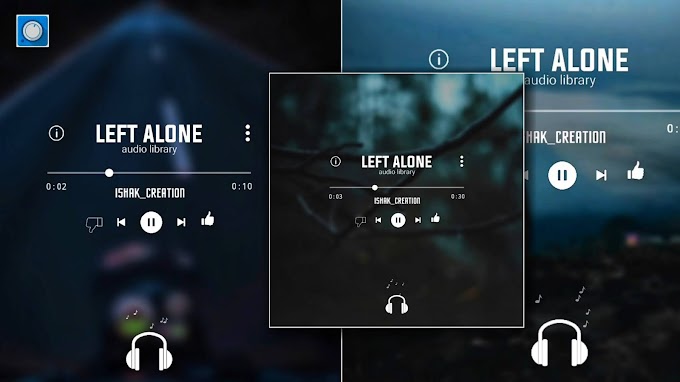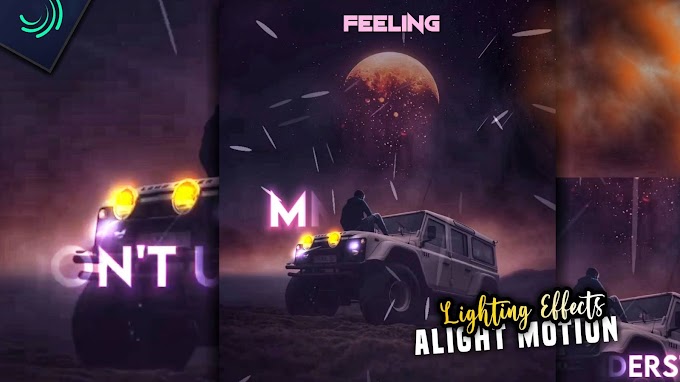Me In Love With You Puzzle Overlay Transition CapCut Template
Video editing is the process of manipulating and rearranging video footage to create a final edited version. It involves combining different video clips, adding transitions, effects, music, and other elements to enhance the visual and storytelling aspects of the video.
Here is a step-by-step explanation of the video editing process:
Importing footage: The first step is to gather all the raw video clips and media assets that will be used in the video. These can be captured using cameras or downloaded from various sources.
Organizing and selecting clips: Once the footage is imported, it's important to organize and review the clips. Select the best takes or shots that you want to include in your final video.
Assembling the timeline: The selected clips are then arranged in a sequence on a timeline. This timeline represents the overall structure of the video and determines the order of the clips.
Trimming and cutting: The clips on the timeline are trimmed or cut to remove unwanted sections, refine the timing, and create a cohesive flow. This process involves selecting specific in and out points within each clip.
Adding transitions: Transitions are used to smooth the cuts between clips and create a seamless flow. Common transition types include fades, dissolves, wipes, and cuts.
Enhancing visuals: Video editing software provides various tools to enhance the visuals. You can adjust color, brightness, contrast, saturation, and apply filters or effects to achieve the desired look.
Incorporating audio: Audio is a crucial element in video editing. You can add background music, voiceovers, sound effects, and adjust audio levels to create the desired audio mix.
Adding text and graphics: Text overlays, titles, captions, and graphics can be added to provide context, information, or enhance the visual appeal of the video.
Applying effects: Video editing software often includes a range of special effects that can be applied to clips, such as motion effects, filters, transitions, and other creative visual enhancements.
Fine-tuning and polishing: Once the main editing is complete, it's important to review the entire video and make any necessary adjustments. This includes checking for consistency, pacing, audio clarity, and overall quality.
Exporting and sharing: Finally, the edited video is rendered or exported into a specific file format and resolution suitable for the intended viewing platform, such as YouTube, social media, or television. It can then be shared with others or uploaded to the desired platform.
Video editing requires creativity, technical skills, and a keen eye for detail. The goal is to create a visually appealing and engaging video that effectively communicates your desired message or story.
A transition in video editing refers to the technique of smoothly blending or connecting two video clips or scenes together. It helps create a seamless flow between different parts of a video and enhances the overall visual storytelling.
Transitions serve several purposes, including:
Visual continuity: Transitions ensure that the change from one clip to another appears smooth and natural. It helps avoid abrupt or jarring cuts that may disrupt the viewer's experience.
Passage of time: Transitions can indicate the passage of time or a change in location. For example, a fade or dissolve transition can be used to show a transition from day to night or from one location to another.
Emphasizing key moments: Transitions can be used to highlight specific moments or elements within a video. For example, a zoom or swipe transition can draw attention to a particular subject or action.
Enhancing storytelling: Transitions can contribute to the overall narrative or mood of a video. Different types of transitions can evoke different emotions or convey a specific style or theme.
There are various types of transitions that can be used in video editing. Some commonly used transitions include:
Cut: This is the most basic and straightforward transition, where one clip ends, and the next one immediately begins. It creates a simple and direct change from one scene to another.
Fade: A fade transition involves gradually increasing or decreasing the opacity of a clip. A fade-in starts with a black screen and gradually reveals the next clip, while a fade-out gradually fades to black, ending the current clip.
Dissolve: Also known as a crossfade, a dissolve transition involves overlapping two clips and gradually blending them together. It creates a smooth and gradual transition from one clip to the next.
Wipe: A wipe transition involves a moving line or shape that gradually reveals the next clip while covering the previous one. It can be a horizontal, vertical, diagonal, or circular wipe, among others.
Slide: A slide transition moves one clip horizontally, vertically, or diagonally to reveal the next clip. It can create a dynamic and visually appealing transition effect.
Zoom: A zoom transition involves changing the scale of the current clip to transition to the next clip. It can create a sense of depth or focus on a particular area of the video.
Video editing software typically provides a variety of transition options, and the choice of transition depends on the desired effect, the style of the video, and the narrative flow. It's important to use transitions judiciously and consider their impact on the overall storytelling and viewer experience.





0 Comments